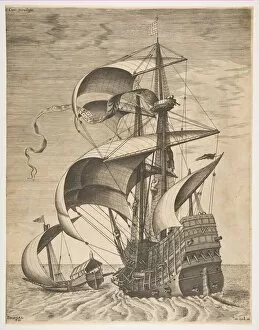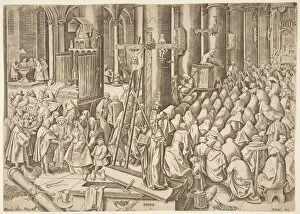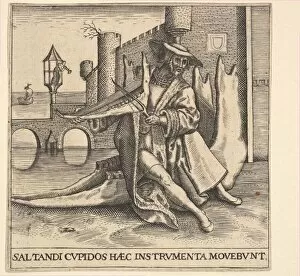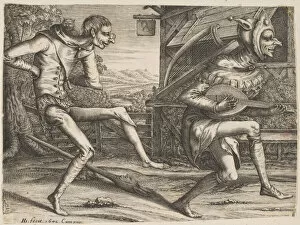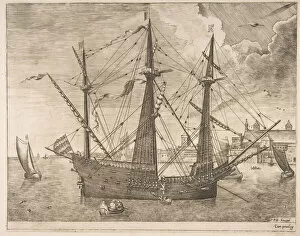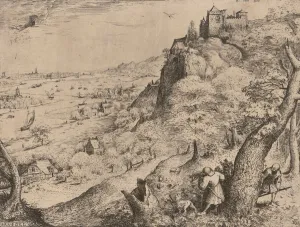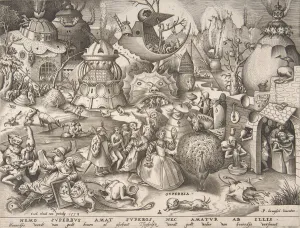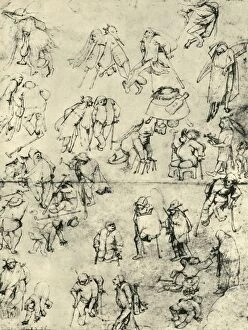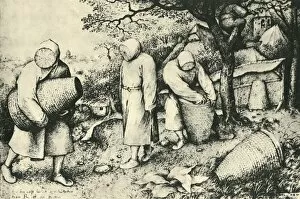Pieter The Elder Collection (page 2)
Pieter the Elder, a renowned artist of the 16th century, left an indelible mark on the art world with his masterpieces
All Professionally Made to Order for Quick Shipping
Pieter the Elder, a renowned artist of the 16th century, left an indelible mark on the art world with his masterpieces. One such masterpiece is "The Harvesters" painted in 1565 by Pieter Bruegel the Elder. This painting captures the essence of rural life during harvest time, showcasing peasants toiling away in fields and reaping their bountiful crops. Another notable work is "Patience (Patientia)" created in 1557 by Pieter van der Heyden. This piece depicts a woman patiently waiting, symbolizing endurance and perseverance in challenging times. In contrast to patience, "Pride (Superbia) from The Seven Deadly Sins" portrays arrogance and self-importance. Created by Pieter van der Heyden in 1558, this artwork serves as a cautionary tale against excessive pride. "The Parable of the Good Shepherd, " engraved by Philip Galle in 1565, showcases compassion and care for others through its depiction of Jesus tending to his flock. It serves as a reminder of kindness and empathy towards one another. Philip Galle's engraving titled "The Death of the Virgin" from 1574 explores themes of grief and mourning surrounding Mary's passing. It evokes emotions while capturing religious devotion. Collaborating with Pieter Bruegel the Elder on "Everyman" around 1558, Pieter van der Heyden delves into existential questions about life's purpose and mortality through allegorical representations. Philip Galle's series on The Seven Deadly Sins includes powerful engravings like "Anger (Ira), " "Lust (Luxuria), " "Sloth (Desidia), " and "Envy (Invidia). " These artworks serve as reminders to avoid these vices that can corrupt our souls. On a more positive note, Philip Galle also depicted virtues such as hope with his engraving titled "Hope (Spes)" from 1559-60.

